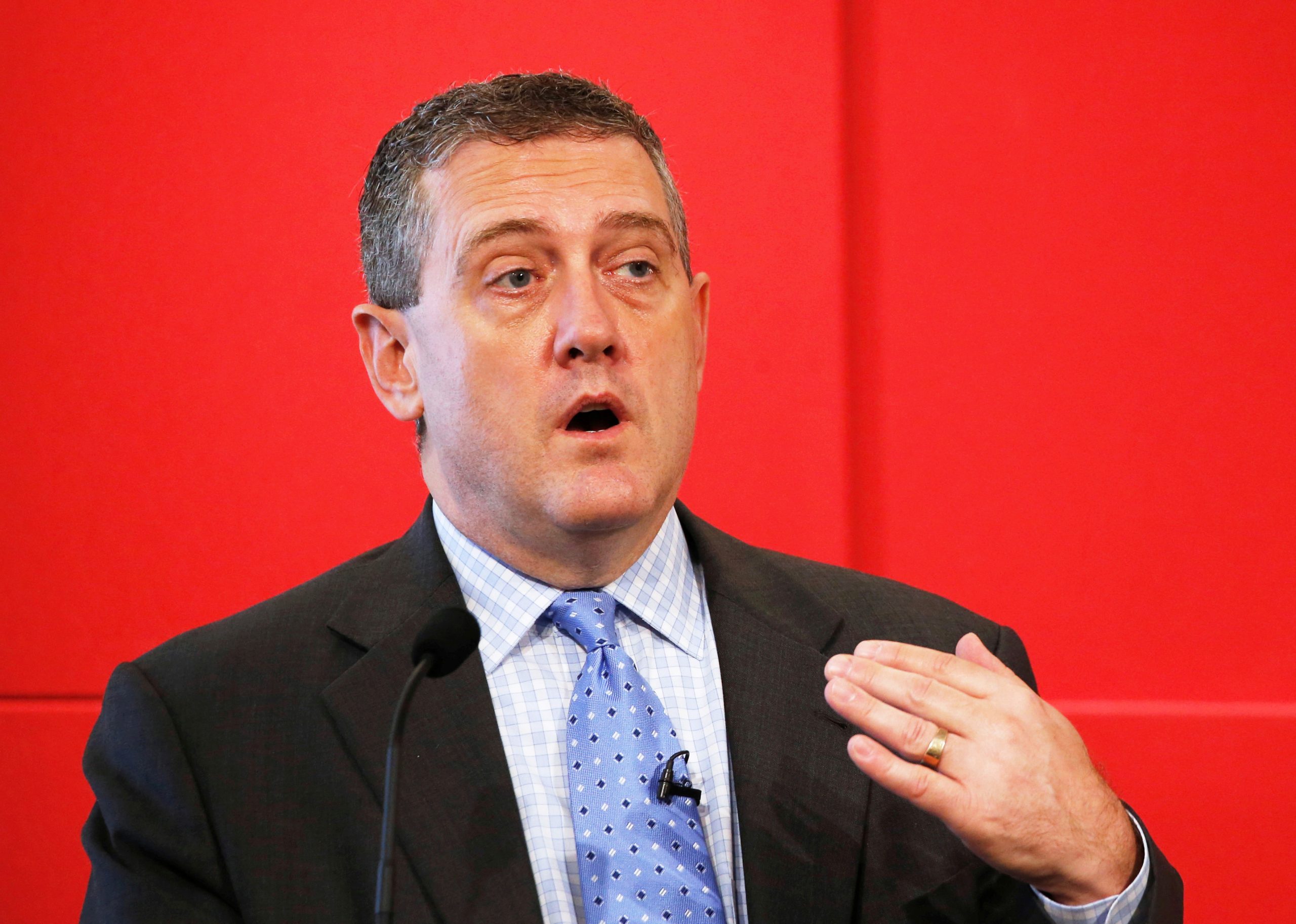
[elfsight_social_share_buttons id=”1″]
Two of the Federal Reserve’s most hawkish policymakers on Friday said the central bank needs to take more aggressive steps to combat inflation, and a third – who just six months ago was the U.S. central bank’s most dovish member – said he was open to that possibility.
It still could be that the Fed only needs to raise rates “modestly” above neutral, Minneapolis Fed President Neel Kashkari said in an essay published on the regional Fed bank’s website in which the former dove said he wants to raise rates to 1.75% to 2% this year.
But, he said, the economy may have shifted to a “high-pressure, high-inflation equilibrium,” requiring the Fed “to act more aggressively and bring policy to a contractionary stance in order to move the economy back to an equilibrium consistent with our 2% inflation target.”
Which way the Fed needs to go will depend on how data comes out over the course of the year, he said.
Fed officials hiked interest rates this week for the first time in three years and signaled that more rate increases are coming as the central bank removes the support provided during the coronavirus pandemic and works to tame inflation at 40-year highs.
Most Fed policymakers see rates rising next year to a level that would restrict growth, forecasts show, but exactly how fast or high rates should rise is a matter of debate.
Earlier in the day, Fed Governor Chris Waller said economic risks around Russia’s war in Ukraine led him to vote in favor of a quarter percentage point rate increase at this week’s meeting rather than dissent in favor of the larger half point increase he had been advocating.
“The data is screaming at us to go 50 (basis points) but the geopolitical events were telling you to go forward with caution,” Waller said on CNBC. But in the months ahead Waller said he would favor a series of half percentage point increases to “front load” tighter policy and have a quicker impact on inflation.
St. Louis Fed president James Bullard, who dissented on this week’s action in favor of a half point increase, said on Friday that officials should raise the Fed’s overnight lending rate to more than 3% this year to catch up with elevated inflation. After Wednesday’s move, the Fed’s target rate is now 0.25-0.50%.
He said he not only favored a half point increase this week, but rate increases at a pace that would require half point increases at five of the Fed’s six remaining meetings this year.
“The U.S. economy has proven to be especially resilient,” against the pandemic and geopolitical risks, Bullard said in a statement explaining his dissent.
With inflation by a key measure running above 6%, triple the Fed’s 2% target, Bullard said more Fed action was needed “to prudently manage the U.S. macroeconomic situation.”
Though most Fed officials see six more quarter-point rate increases this year, seven of the Fed’s current 16 policymakers, like Bullard, think rates should go even higher by year’s end.
To counteract inflation faster Waller said the central bank should pack more of that into the next few months. “I really favor front-loading our rate hikes…Just do it rather than just promise it,” he said.
While he did not specify where he would like to see the target federal funds rate end the year, Waller said he would prefer to get above the 2% to 2.25% level he sees as acting neutrally for the economy.
Kashkari’s dramatic shift on his policy outlook – in September he thought rates should stay near zero for the whole of this year – encapsulates how thoroughly the Fed has pivoted from policy designed to cushion the pandemic crisis to an inflation-fighting stance.
Speaking at a North Dakota Petroleum Council event, Kashkari said he favors starting to reduce the Fed’s balance sheet next month at a pace twice as fast as the Fed used the last time it shrank its portfolio.
He said he still thinks it’s possible inflation is mostly driven be a supply-demand imbalance that will right itself, allowing the Fed to raise rates only slightly above the 2% he sees as a neutral level.
Copyright 2022 Thomson/Reuters
